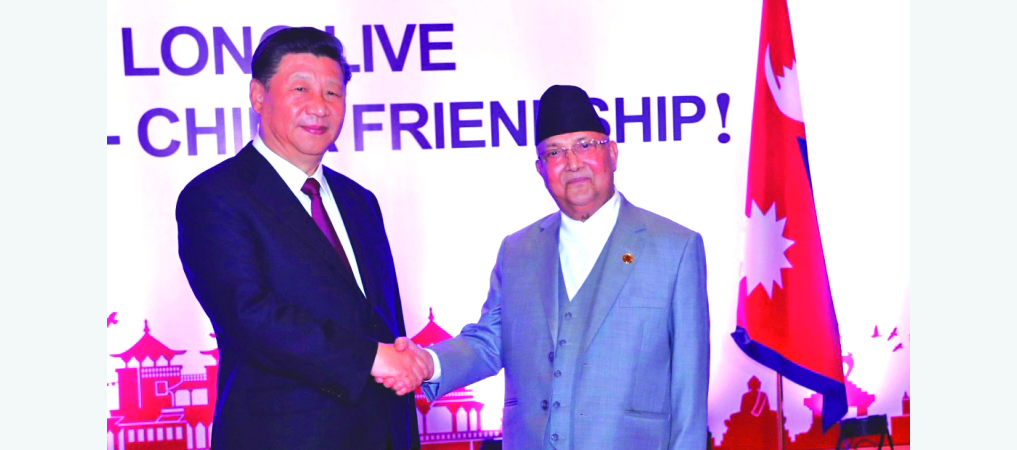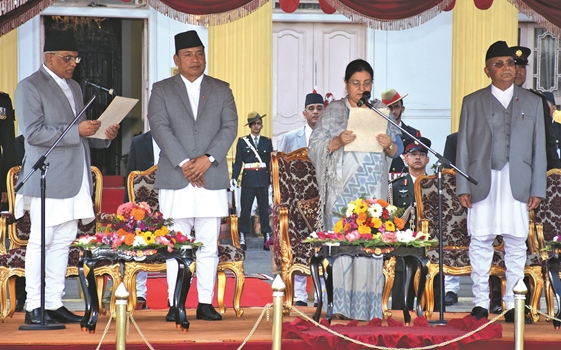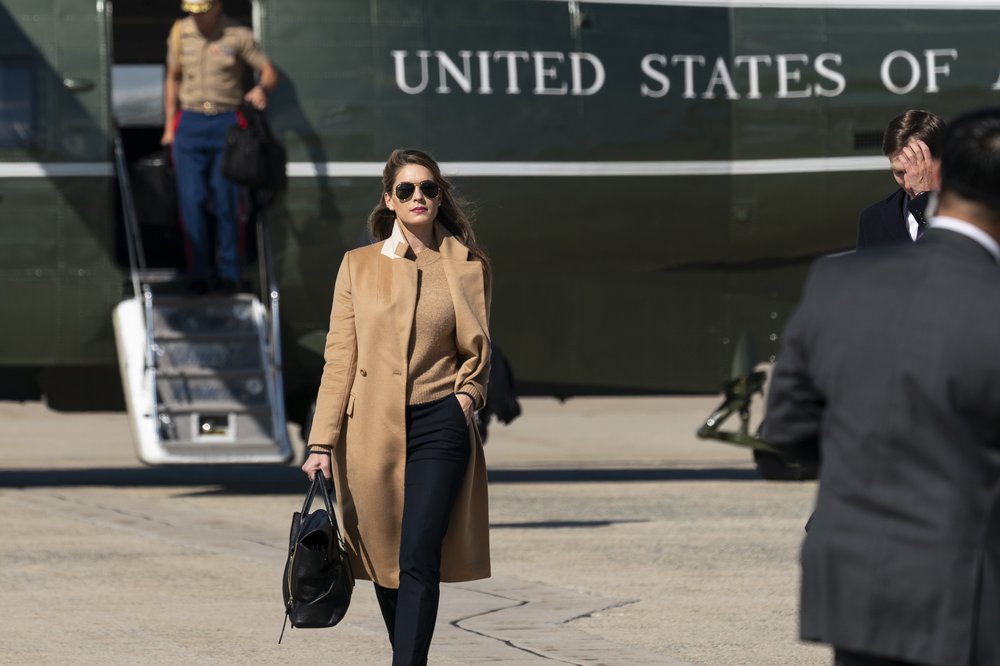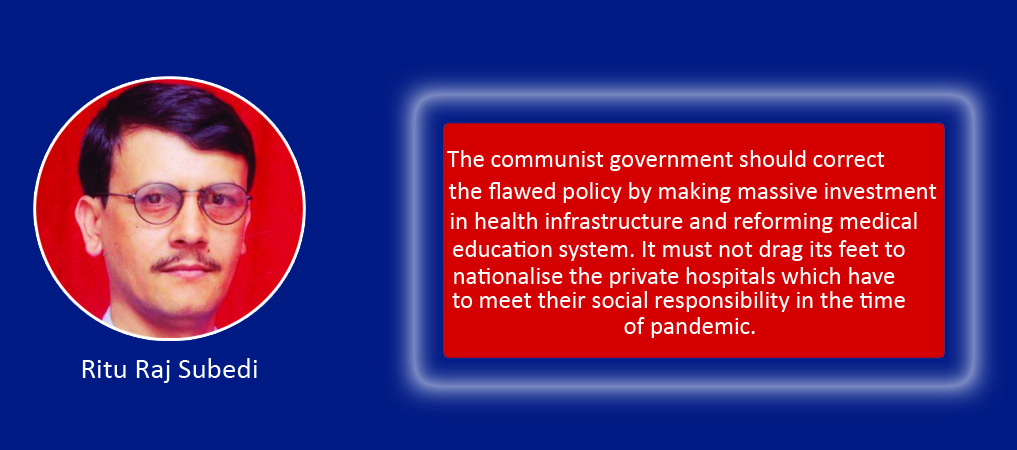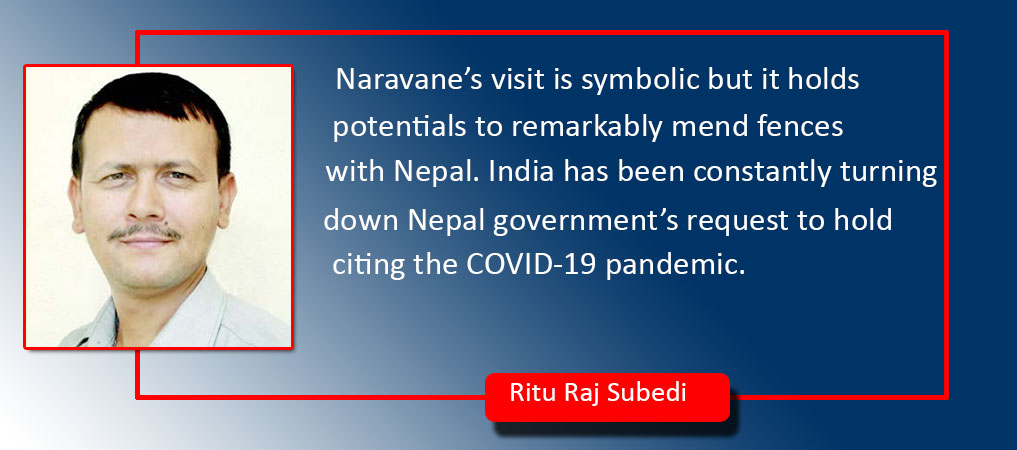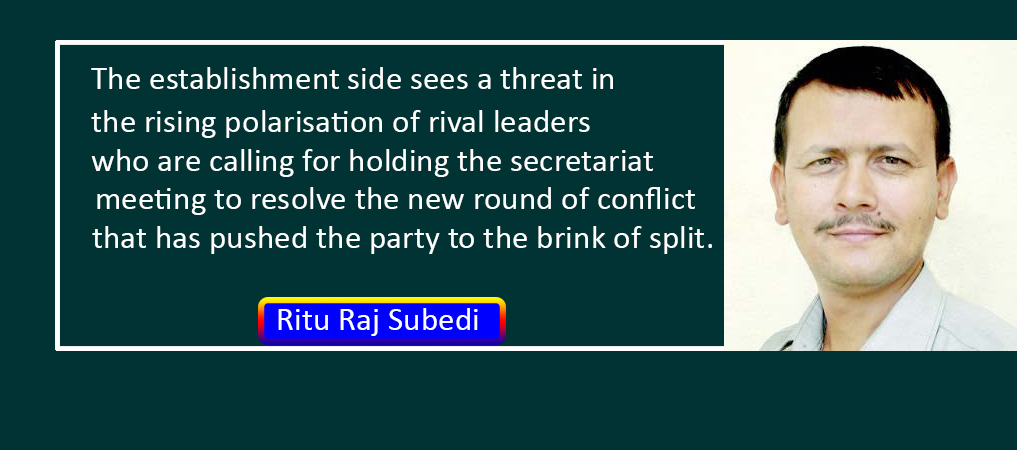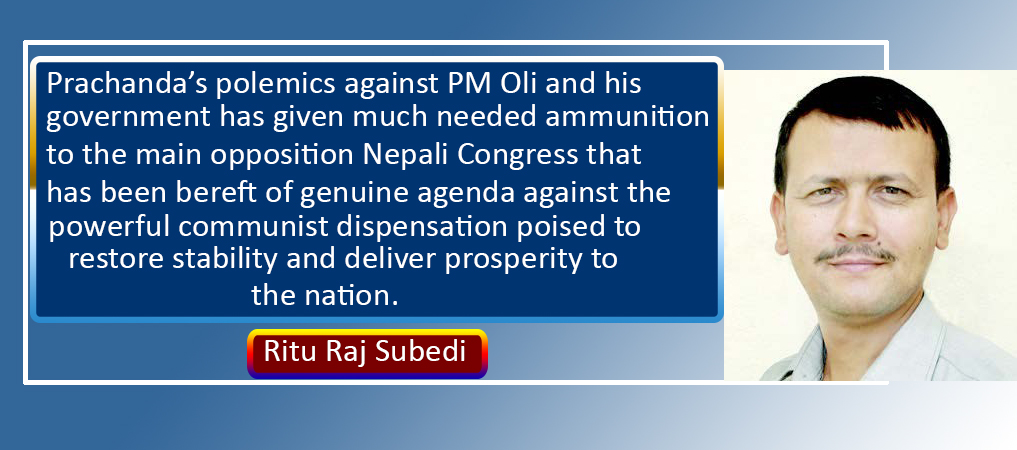Anti-COVID-19 Cooperation Can China’s Move Fill Regional Void?
Ritu Raj Subedi
SOUTH Asia has become the latest hotspot of COVID-19’s second wave, infecting and killing thousands of people on a daily basis. It has exposed and paralysed their dilapidated health systems. Scores of people have succumbed to virus in lack of basic medical facilities such as oxygen and ventilators. Pandemics know no borders and nationalities. This saying aptly applies to India and Nepal that share open and unregulated border, and are currently worst-hit by the new variant of the coronavirus. As their desperate attempts to control the pandemic are not yielding desired outcomes, they are urging the international community and close neighbours for the urgent medical support to them.
The COVID-19 pandemic has become a common enemy that can be tamed only with collective actions and mutual cooperation. At a time when South Asia is grappling with the new surge of the virus, it lacks a functioning shared platform to jointly combat the pandemic. Last year when the first wave of the pandemic hit the region, the members of South Asian Association for Regional Cooperation (SAARC) stood together and announced a series of steps, including international travel bans, strict lockdowns, special economic packages and joint fund to eradicate it. Indian Prime Minister Narendra Modi had hosted a video conference in which the member states agreed to set up a COVID-19 emergency fund and pledged financial support as per their capacity.
This joint initiative was supposed to revive the SAARC that has been in the doldrums since the indefinite postponement of its 19th summit scheduled to take place in November 2016 in Islamabad. No wonder the COVID-19 emergency fund is nowhere to be seen at this time of medical crisis. Weeks before it was flattened by the second wave of the virus, India had vigorously pushed vaccine diplomacy but now it is not in a position to support its neighbours and other nations in their fight against the raging virus.
Chinese initiative
Against this backdrop, China has stepped up to the plate. In the third week of April, Chinese Foreign Minister Wang Yi hosted a video conference on anti-COVID-19 cooperation and post-pandemic economic recovery, which was participated in by foreign ministers from Nepal, Afghanistan, Bangladesh, Pakistan and Sri Lanka. India was also invited to the digital interaction but it opted to stay out of it perhaps owing to its border dispute with China. The virtual meeting remained significant for China has committed to promoting vaccine cooperation with the participating countries through flexible methods such as free aid, commercial procurement, and filling and production of vaccines under the framework of the six-country cooperation mechanism, according to the Chinese Foreign Ministry.
China has gathered valuable experiences in successfully tackling COVID-19 that first broke out in its city of Wuhan. It has gained early recovery from the pandemic-induced economic shocks and maintained the growth momentum. It also produced COVID-19 vaccines which are being donated/supplied to over 69 nations in Asia, Africa and Latin America. On Friday, the World Health Organisation (WHO) approved China-developed vaccine, Sinopharm, for the emergency use and to include it in Covax, a WHO global initiative that seeks fair supply of COVID-19 vaccines around the world.
The meeting has embraced the principle of equity and justice in the distribution of COVID-19 vaccine while objecting to ‘vaccine nationalism.’ This approach is in favour of poor and developing nations which have been denied an access to the affordable vaccines essential to save their infected people. Some rich nations have hoarded the vaccines more than they needed, leaving many poor countries high and dry amidst virus resurgence.
The six-country digital conference has forged consensus on strengthening the role of WHO against COVID-19, tracing the origin of virus and its mutation, and opposing the politicisation of the pandemic. With this understanding, China has won the backing of five south Asian nations to counter the West’s bias towards the origin of coronavirus and Chinese vaccines.
The meeting has taken some vital decisions that recognise China’s enhanced role in South Asian development and geopolitics. It agreed to promote practical cooperation in poverty reduction, food security and other non-traditional security fields to protect the livelihoods of vulnerable people. In order to realise these objectives, China has announced to establish a China-South Asian Countries Emergency Supplies Reserve and China-South Asian Countries Poverty Alleviation and Cooperative Development Centre, and hold a China-South Asian Countries E-commerce Cooperation Forum on Poverty Alleviation in Rural Areas. They have committed to making these mechanisms ‘inclusive, transparent, sustainable and demand-driven’ and extending a helping hand to India to stem the raging virus.
Regional collaboration
The pandemic has battered the region’s economy, with closure of industries, loss of jobs and livelihoods of millions of people. So attaining quick economic recovery should be the first priority after the pandemic is over. For this, the foreign ministers have consented to deepen Belt and Road cooperation, open their borders under the premise of pandemic prevention and control for smooth trade, keep the industrial and supply chains stable and secure. As China harbours sound relations with these five nations - all are the signatories to its Belt and Road Initiative (BRI), their regional collaboration is likely to achieve momentum for the world’s second largest economy has required resources, knowledge and management skills to create and operate those enabling mechanisms.
Nepal, China’s next door neighbour, is battling the second wave of the pandemic tooth and nail, as it registers around 9,000 infections and over 50 fatalities on a daily basis. Over 3,579 people have died of the virus and 377,603 got infected as of Friday. As a close neighbour, China has provided 800,000 doses of vaccines and continues necessary medical supplies in grant to Nepal. But now it is in the dire need of additional oxygen, vaccines and human resources to deal with rising number of COVID-19 patients. If Nepal’s highest government leadership approaches its Chinese counterpart for the life-saving vaccines, the latter will most likely respond to the former’s call as witnessed during the 2015 earthquake. The pandemic-triggered crisis also offers opportunity to further foster high-level political trust, mutual friendship and all-round economic cooperation between Nepal and China.
(Deputy Executive Editor of The Rising Nepal, Subedi writes regularly on politics, foreign affairs and other contemporary issues. subedirituraj@yahoo.com)
Recent News

Do not make expressions casting dout on election: EC
14 Apr, 2022
CM Bhatta says may New Year 2079 BS inspire positive thinking
14 Apr, 2022
Three new cases, 44 recoveries in 24 hours
14 Apr, 2022
689 climbers of 84 teams so far acquire permits for climbing various peaks this spring season
14 Apr, 2022
How the rising cost of living crisis is impacting Nepal
14 Apr, 2022
US military confirms an interstellar meteor collided with Earth
14 Apr, 2022
Valneva Covid vaccine approved for use in UK
14 Apr, 2022
Chair Prachanda highlights need of unity among Maoist, Communist forces
14 Apr, 2022
Ranbir Kapoor and Alia Bhatt: Bollywood toasts star couple on wedding
14 Apr, 2022
President Bhandari confers decorations (Photo Feature)
14 Apr, 2022



